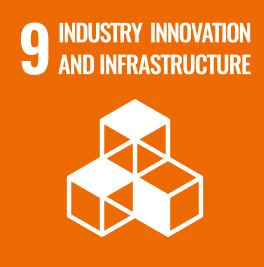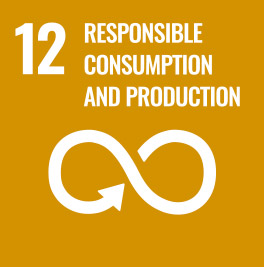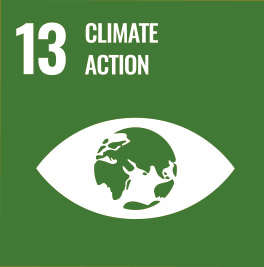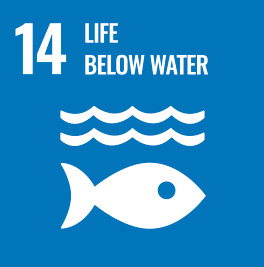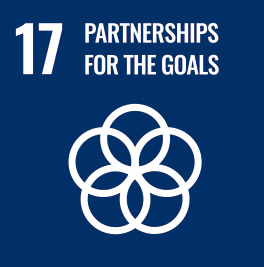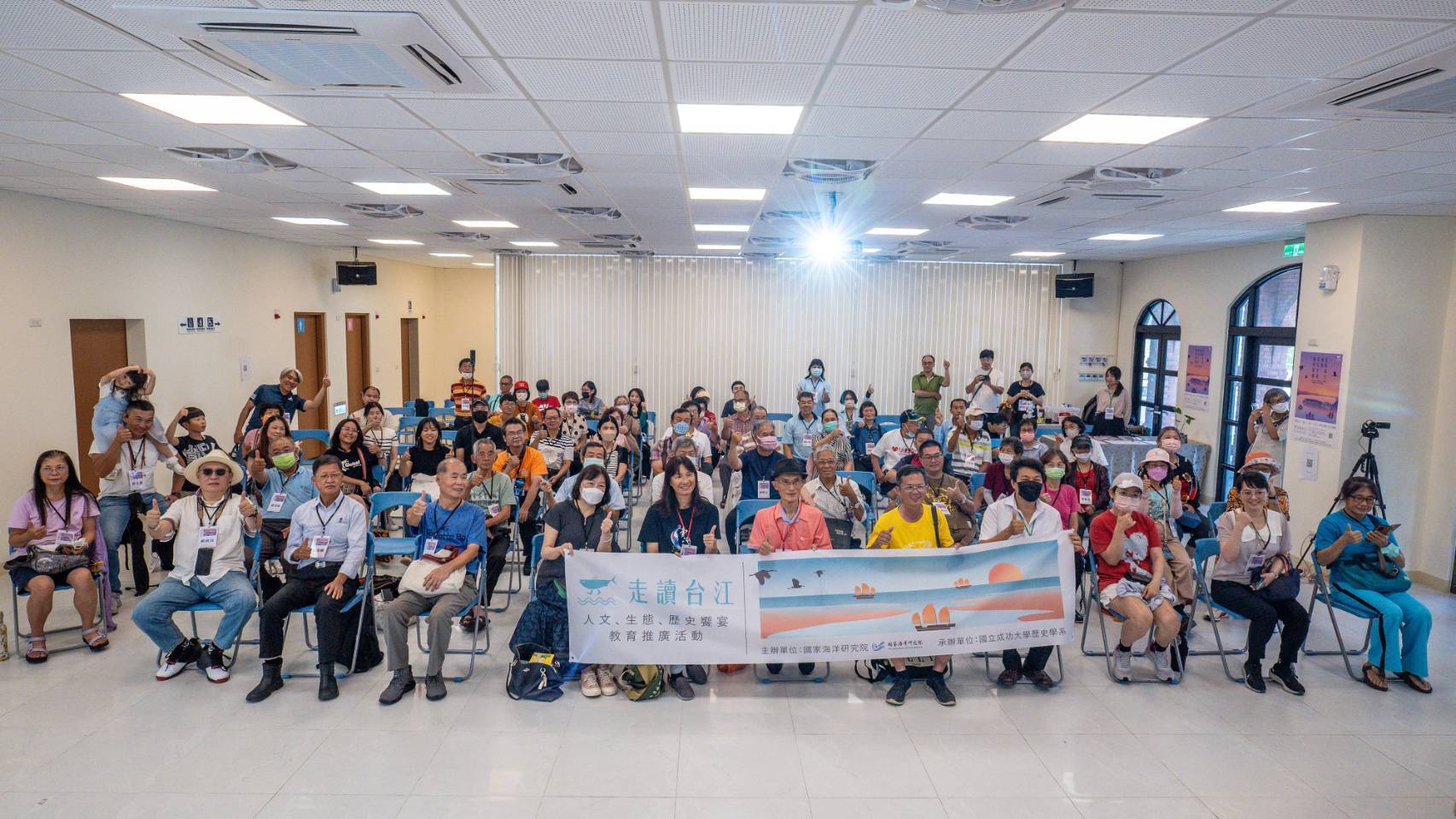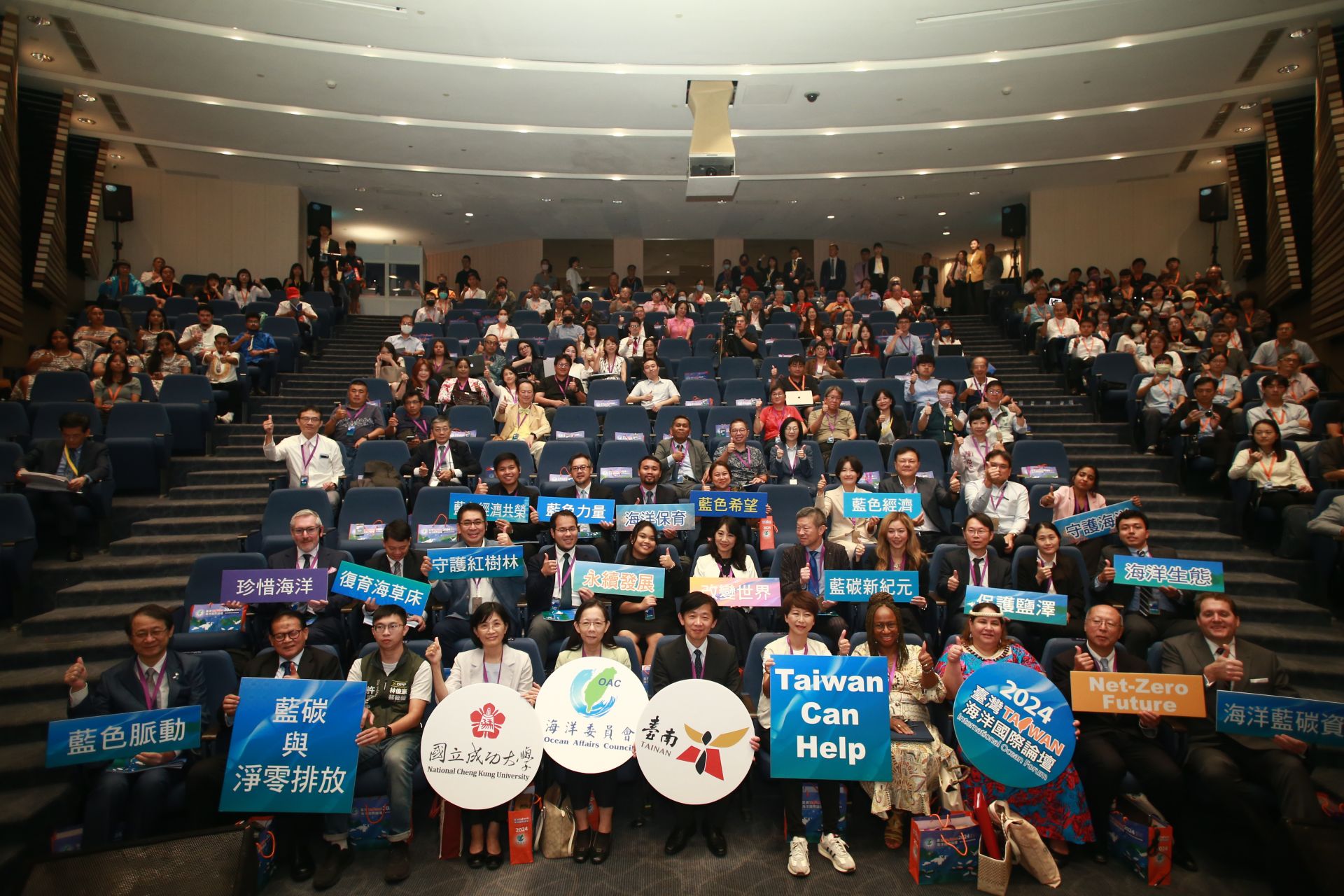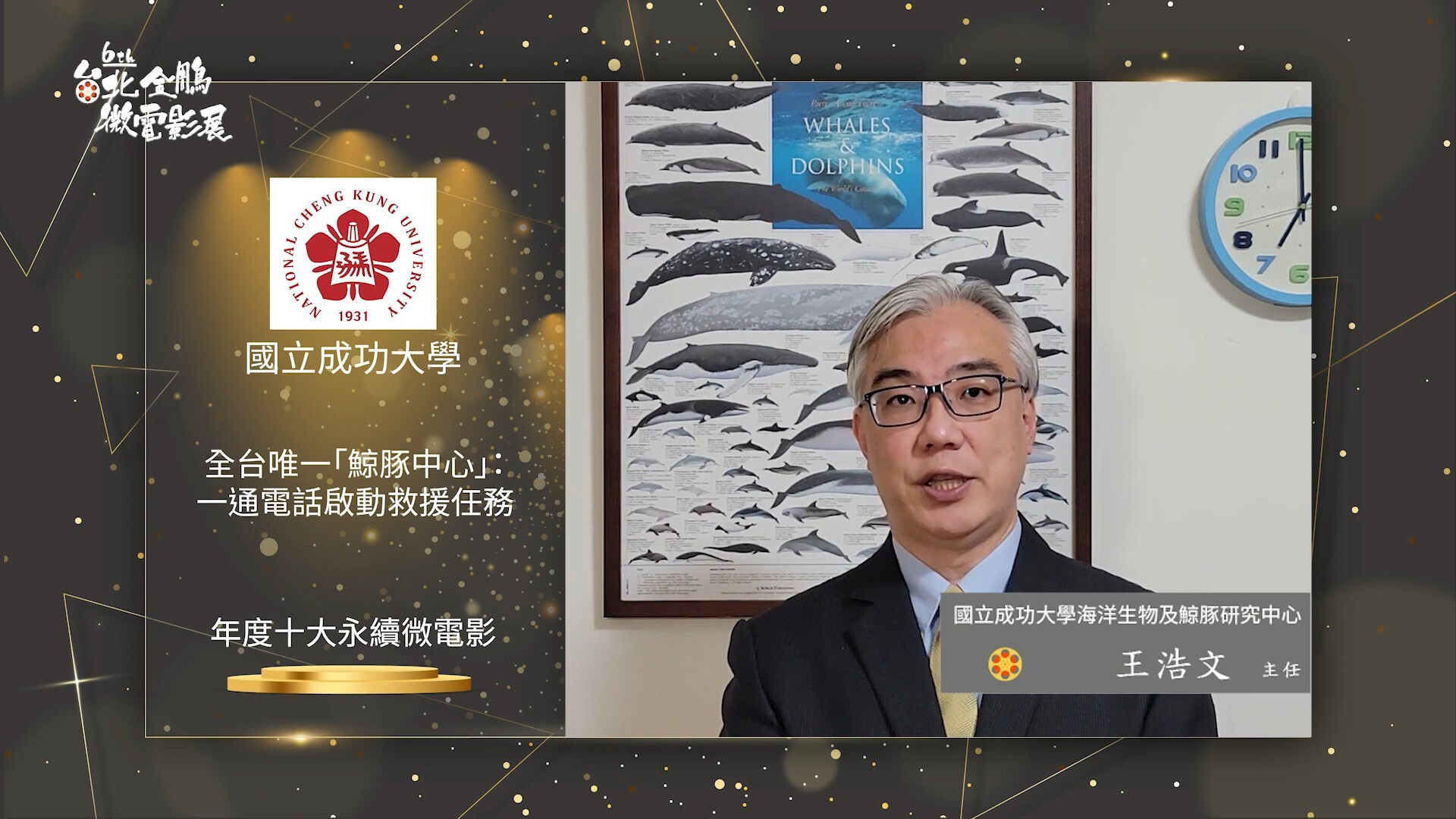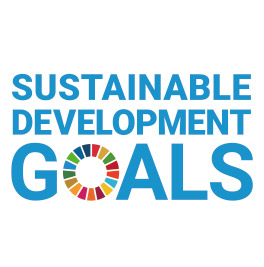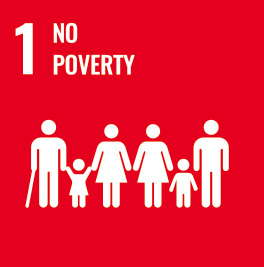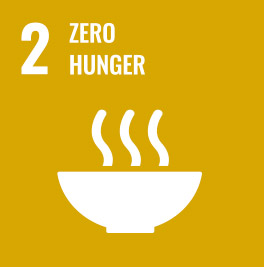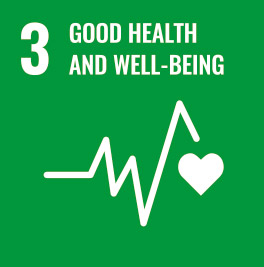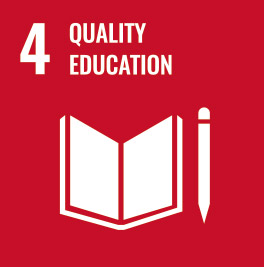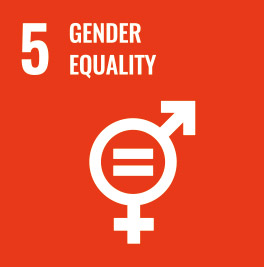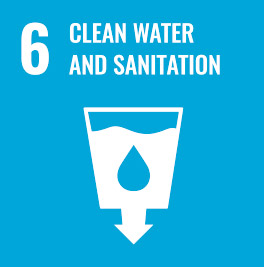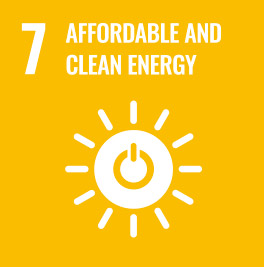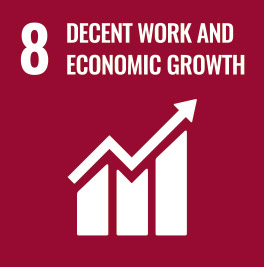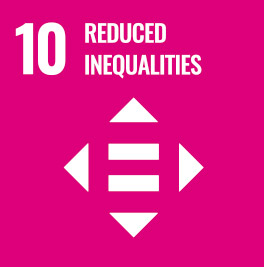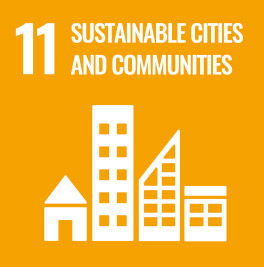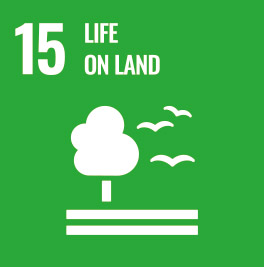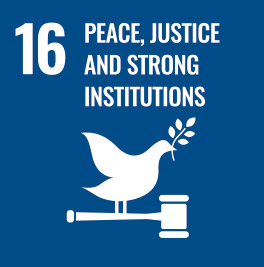Penghu faces an environmental challenge caused by large amounts of “砂砱” (dead coral fragments) that threaten intertidal ecosystems. Supported by the Ocean Affairs Council (OAC), Professor Shuenn-Ren Liou’s C-Cube Lab from National Cheng Kung University (NCKU) has partnered with industrial and governmental collaborators to launch the “Circular Penghu” initiative. After extensive research and testing, the team successfully developed a low-carbon 3D printing material formula using 砂砱 and produced 3D-printed ecological reef modules, which have been deployed in Penghu’s subtidal zones to provide new habitats for coral attachment and fish populations. Ongoing monitoring will continue to verify ecological outcomes.
Key partners in the “Circular Penghu” project include NCKU’s C-Cube Lab, the Penghu Fisheries Biology Research Center of the Fisheries Research Institute (MOA), TECHOME TECHNOLOGY (LOTOS), and CORAAL. On October 1, the team held a results presentation in Penghu, showcasing samples of 砂砱 slurry, ecological reef modules, and underwater documentation videos. The event highlighted Taiwan’s innovative capacity in advancing “net-zero carbon” and “circular economy” goals on a global scale.
The “Circular Penghu” project highlights three major achievements. First, the team developed 3D-printed ecological reefs made from 砂砱, featuring biomimetic porous structures designed to mimic natural habitats. These modules have been successfully deployed in Penghu’s subtidal zones, providing new habitats for coral attachment and fish habitation. Second, the project transformed marine calcium carbonate materials—including oyster shells and coral rubble—into ecological aquarium applications. By miniaturizing biomimetic designs, the team created coral restoration bases and ornamental reef structures suitable for both exhibition and research purposes, expanding opportunities for the aquarium and marine education industries. Finally, the team proposed an “Island Sustainability Spatial Demonstration Design,” applying low-carbon construction materials derived from 砂砱 to public facilities and architectural components. By integrating local village cultural characteristics, this approach demonstrates the potential of sustainable design in public-space transformation, bringing the concept of circularity into residents’ daily lives.
Project leader Professor Shuenn-Ren Liou noted that challenges faced by Penghu—such as oyster shell waste, 砂砱 accumulation, and youth outmigration—mirror those of island communities worldwide. What makes this project remarkable is its close cross-disciplinary collaboration among design, marine science, and material innovation, opening new models for ecological restoration and sustainable building materials. Liou emphasized that the experience has already attracted interest from collaborators in Japan and Europe. He envisions Penghu as a pioneering demonstration site—first refining solutions locally, then extending them to Taiwan and other countries.
A core achievement of the project lies in the material transformation of 砂砱. Unlike traditional oyster shell recycling, coral 砂砱’s granular calcium carbonate base enables higher incorporation ratios into the circular slurry formulation, producing robust, biomimetic 3D-printing materials. The resulting porous modular reefs can be flexibly combined based on underwater terrain and ecological needs. These reef units have been deployed by divers in two marine zones to support coral seedling transplantation and long-term ecological monitoring—demonstrating the integration of material science and marine ecology.
Beyond marine restoration, “Circular Penghu” expands into the realms of aquarium applications and community living. The C-Cube Lab design team employed digital modeling and algorithmic generation to create biomimetic forms responsive to ocean currents, while the MOA contributed marine expertise. LOTOS optimized material proportions to improve printability and durability, and CORAAL translated calcium-carbonate materials into new aquarium and ecological-education products. The team also used prototyping to introduce 砂砱-based low-carbon materials into community public spaces, integrating sustainability into daily life.
From early resource surveys and slurry experiments to community co-creation and reef printing studies, every phase of the project emphasized the cycle of “Research – Design – Cross-disciplinary Collaboration.” As Professor Liou remarked, “Materials are no longer merely engineering media, but languages connecting people, culture, and nature.” Through repeated testing and refinement, 砂砱 has been transformed from environmental waste into an island material carrying the aesthetics, life, and history of Penghu.
According to the OAC, the “Circular Penghu” project not only aligns with the “Ocean Culture Leadership Program” but also demonstrates Taiwan’s international potential in low-carbon materials, marine ecological restoration, and sustainable design. In Penghu, green technology is more than a slogan—it is tangible action. From transforming local waste into global dialogue, Penghu is emerging as a model island for sustainability, showcasing Taiwan’s determination to protect the oceans and lead the way in circular innovation.
Key partners in the “Circular Penghu” project include NCKU’s C-Cube Lab, the Penghu Fisheries Biology Research Center of the Fisheries Research Institute (MOA), TECHOME TECHNOLOGY (LOTOS), and CORAAL. On October 1, the team held a results presentation in Penghu, showcasing samples of 砂砱 slurry, ecological reef modules, and underwater documentation videos. The event highlighted Taiwan’s innovative capacity in advancing “net-zero carbon” and “circular economy” goals on a global scale.
The “Circular Penghu” project highlights three major achievements. First, the team developed 3D-printed ecological reefs made from 砂砱, featuring biomimetic porous structures designed to mimic natural habitats. These modules have been successfully deployed in Penghu’s subtidal zones, providing new habitats for coral attachment and fish habitation. Second, the project transformed marine calcium carbonate materials—including oyster shells and coral rubble—into ecological aquarium applications. By miniaturizing biomimetic designs, the team created coral restoration bases and ornamental reef structures suitable for both exhibition and research purposes, expanding opportunities for the aquarium and marine education industries. Finally, the team proposed an “Island Sustainability Spatial Demonstration Design,” applying low-carbon construction materials derived from 砂砱 to public facilities and architectural components. By integrating local village cultural characteristics, this approach demonstrates the potential of sustainable design in public-space transformation, bringing the concept of circularity into residents’ daily lives.
Project leader Professor Shuenn-Ren Liou noted that challenges faced by Penghu—such as oyster shell waste, 砂砱 accumulation, and youth outmigration—mirror those of island communities worldwide. What makes this project remarkable is its close cross-disciplinary collaboration among design, marine science, and material innovation, opening new models for ecological restoration and sustainable building materials. Liou emphasized that the experience has already attracted interest from collaborators in Japan and Europe. He envisions Penghu as a pioneering demonstration site—first refining solutions locally, then extending them to Taiwan and other countries.
A core achievement of the project lies in the material transformation of 砂砱. Unlike traditional oyster shell recycling, coral 砂砱’s granular calcium carbonate base enables higher incorporation ratios into the circular slurry formulation, producing robust, biomimetic 3D-printing materials. The resulting porous modular reefs can be flexibly combined based on underwater terrain and ecological needs. These reef units have been deployed by divers in two marine zones to support coral seedling transplantation and long-term ecological monitoring—demonstrating the integration of material science and marine ecology.
Beyond marine restoration, “Circular Penghu” expands into the realms of aquarium applications and community living. The C-Cube Lab design team employed digital modeling and algorithmic generation to create biomimetic forms responsive to ocean currents, while the MOA contributed marine expertise. LOTOS optimized material proportions to improve printability and durability, and CORAAL translated calcium-carbonate materials into new aquarium and ecological-education products. The team also used prototyping to introduce 砂砱-based low-carbon materials into community public spaces, integrating sustainability into daily life.
From early resource surveys and slurry experiments to community co-creation and reef printing studies, every phase of the project emphasized the cycle of “Research – Design – Cross-disciplinary Collaboration.” As Professor Liou remarked, “Materials are no longer merely engineering media, but languages connecting people, culture, and nature.” Through repeated testing and refinement, 砂砱 has been transformed from environmental waste into an island material carrying the aesthetics, life, and history of Penghu.
According to the OAC, the “Circular Penghu” project not only aligns with the “Ocean Culture Leadership Program” but also demonstrates Taiwan’s international potential in low-carbon materials, marine ecological restoration, and sustainable design. In Penghu, green technology is more than a slogan—it is tangible action. From transforming local waste into global dialogue, Penghu is emerging as a model island for sustainability, showcasing Taiwan’s determination to protect the oceans and lead the way in circular innovation.

Discarded 砂砱 transformed into 3D-printed ecological restoration reefs deployed in Penghu waters

Professor Shuenn-Ren Liou provides on-site explanations

Exhibition of 3D printing design results for land-based public systems

Newly deployed 3D ecological reefs immediately attract schools of fish


